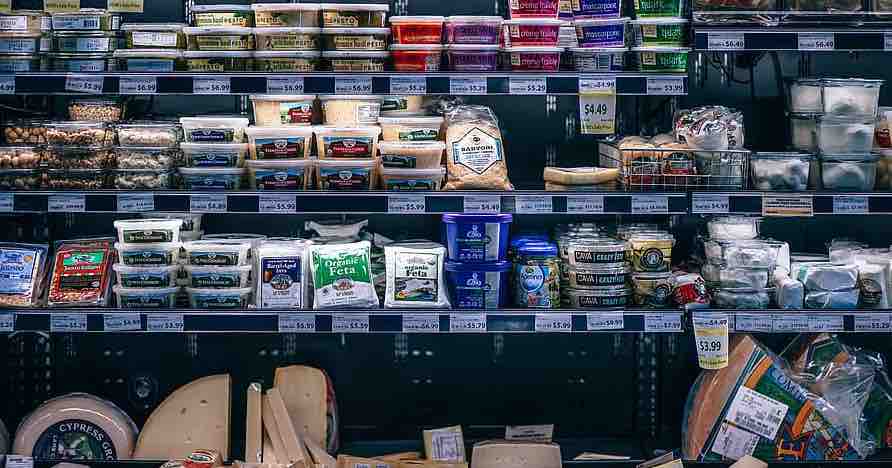Food insecurity, on the other hand, is defined by the United States Department of Agriculture (USDA) as a situation of “limited or uncertain availability of nutritionally adequate and safe foods or limited or uncertain ability to acquire acceptable foods in socially acceptable ways”.
Food security incorporates a measure of resilience to future disruption or unavailability of critical food supply due to various risk factors including droughts, shipping disruptions, fuel shortages, economic instability, and wars.
The Food and Agriculture Organization of the United Nations, or FAO, identified the four pillars of food security as availability, access, utilization, and stability.
The United Nations (UN) recognized the Right to Food in the Declaration of Human Rights in 1948, and has since said that it is vital for the enjoyment of all other rights.
The 1996 World Summit on Food Security declared that “food should not be used as an instrument for political and economic pressure”.
Multiple different international agreements and mechanisms have been developed to address food security. The main global policy to reduce hunger and poverty is in the Sustainable Development Goals.
In particular Goal 2: Zero Hunger sets globally agreed on targets to end hunger, achieve food security and improved nutrition, and promote sustainable agriculture by 2030.
Famines have been frequent in world history. Some have killed millions and substantially diminished the population of a large area. The most common causes have been drought and war, but the greatest famines in history were caused by economic policy.
Close to 12 percent of the global population was severely food insecure in 2020, representing 928 million people – 148 million more than in 2019.
A variety of reasons lies behind the increase in hunger over the past few years. Slowdowns and downturns since the 2008-9 financial crisis have conspired to degrade social conditions, making undernourishment more prevalent.
Structural imbalances and a lack of inclusive policies have combined with extreme weather events; altered environmental conditions; and the spread of pests and diseases, such as the COVID-19 pandemic, triggering stubborn cycles of poverty and hunger.
In 2019, the high cost of healthy diets together with persistent high levels of income inequality put healthy diets out of reach for around 3 billion people, especially the poor, in every region of the world.
Inequality in the distributions of assets, resources and income, compounded by the absence or scarcity of welfare provisions in the poorest countries, are further undermining access to food. Nearly a tenth of the world population still lives on US$1.90 or less a day, with sub-Saharan
High import and export dependence ratios are meanwhile making many countries more vulnerable to external shocks. In many low-income economies, debt has swollen to levels far exceeding GDP, eroding growth prospects.
Finally, the world is facing ever greater threats to institutional stability, protracted violence and mass displacement due to conflicts. Between 2010 and 2018, the number of displaced people grew by 70 percent to reach 70.8 million, most of whom were being hosted in developing countries.
wikipedia
